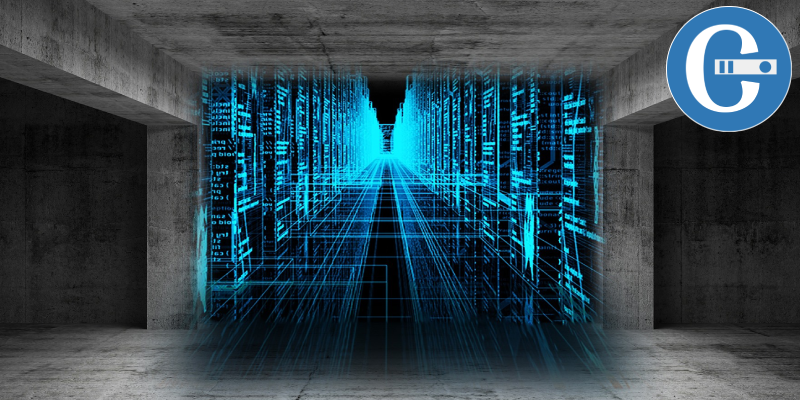The latest technical advancements depend on cloud computing, which also sets new trends in the contemporary technology sector. Companies all over the world started incorporating various digital technologies into their enterprises and deploying the work-from-home model to their global workforce during the early stages of the COVID-19 pandemic. (Also read: 7 Technologies to Watch for the Future of Remote Work.)
The proliferation of cloud model was another unintended consequence of this new standard of remote working. Additionally, as businesses accelerated their use of cloud models, the models themselves also advanced quickly. As a result, cloud technology has advanced tremendously in recent years.
Here are eight themes in cloud computing that could affect the IT sector in 2023 and beyond:
- Machine learning and artificial intelligence
Without comprehending that they require large amounts of bandwidth and processing power, the majority of experts cite artificial intelligence (AI) and machine learning (ML) as essential technologies for the future of business. A typical business network lacks the resources necessary to run AI/ML-based solutions.
Cloud data centres can help with that. In order to produce more processing power and bandwidth for machine learning platforms, cloud-based data centres are used. As a result, it became imperative to incorporate AI and ML into the cloud platform.
Another significant advantage of integrating AI and ML clouds is cost reduction. Therefore, more potent AI and ML solutions will run on cloud platforms in 2023 and beyond. (Read more about how machine learning and the cloud work together here.)
- Use of the Edge
A distributed IT architecture known as edge computing handles client data within networks as close to its source of origin as is practical. As the amount of transferred data lowers, it offers quick, nearly instantaneous data processing with little to no delay and improves data security.
For network infrastructure, the conventional computation model does not provide sufficient security or efficiency. As a result, enterprises are moving their computers and data to the network’s edge.
In order to reduce latency and make advantage of edge devices, it is necessary to move data processing, data collection, data storage, and data analysis closer to the data source. Today’s smart devices (such as smartphones, smartwatches, and smart automobiles) operate with ease because to edge computing technologies.
- Cloud-based virtual desktops
An whole desktop operating system and all of its software applications can be transferred to a laptop, desktop, or other device using a virtual cloud desktop, also known as desktop as a service (DaaS), which is a cloud-based service. Employers are charged for the time that workers are logged in to their devices.
The virtual cloud desktop market may reach $10.2 billion globally by 2023, per Allied Market Research.
- Computing without servers
In serverless computing, servers are still utilised. However, this cloud approach greatly simplifies access to backend services for enterprises without requiring them to worry about infrastructure administration.
In serverless computing, cloud service providers bill customers depending on how much time they spend using the cloud, rather than a set number of servers or bandwidth. As a result, companies may concentrate more on their initiatives and goods and less on their backend.
Organizations are becoming more and more enamoured with the serverless concept. Business executives should consider switching to serverless cloud services in the future to stop spending time and money on an antiquated cloud paradigm. (See also: What You Need to Know About Serverless Computing.)
- Automation
The adoption of the cloud is a key factor in increasing operational efficiency for businesses.
Businesses can automate their internal business operations by combining their data and systems on the cloud. For people who desire to operate in an agile IT environment, this will be perfect.
- Hybrid Cloud
Today, some firms prefer the hybrid cloud approach, which combines public cloud services with a private cloud that is exclusive to one enterprise. It is most suited to businesses that gather sensitive data or work in tightly regulated fields, like insurance, where data privacy is most important.
According to experts, the value of the worldwide hybrid cloud market will increase from $51 billion in 2020 to $145 billion in 2026. (Read more about Hybrid Cloud: Advantages and Challenges.)
- Service Edge for Secure Access (SASE)
SASE is a cybersecurity idea that establishes a safe connection between applications and services and organisational components like people, systems, and devices.
Security architecture is being migrated onto the cloud as a result of enterprises going digital. This is partially due to the fact that the cloud offers significant wide-area network (WAN) capacity to support digital businesses all over the world.
Some SASE providers are already offering secure web gateways, and market researchers believe SASE can protect enterprises from cyberthreats (SWGs).
- Disaster Recovery in the Cloud
A cloud-based solution known as cloud disaster recovery (CDR) offers remote access to systems within secure virtual environments and swiftly restores an organization’s key systems in the case of a disaster. Additionally, it combines several backup procedures and services to safeguard resources including data, software, and configurations.
Cloud backups assist businesses in recovering any lost data and resuming regular operations. Traditional disaster recovery methods can be time-consuming and expensive to use when managing a secondary data centre, however CDR is very cost-effective.
Conclusion
The cloud technology revolution will continue to advance quickly in 2023 and beyond. To address their business problems, more and more enterprises and organisations will move their operations to the cloud.
As a result, cloud technology will develop much more during the ensuing years and probably have a major impact on how the economy is reshaped. (Read more about the 5 economic advantages of cloud computing.)
